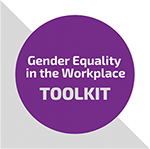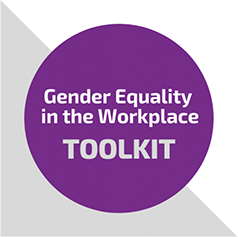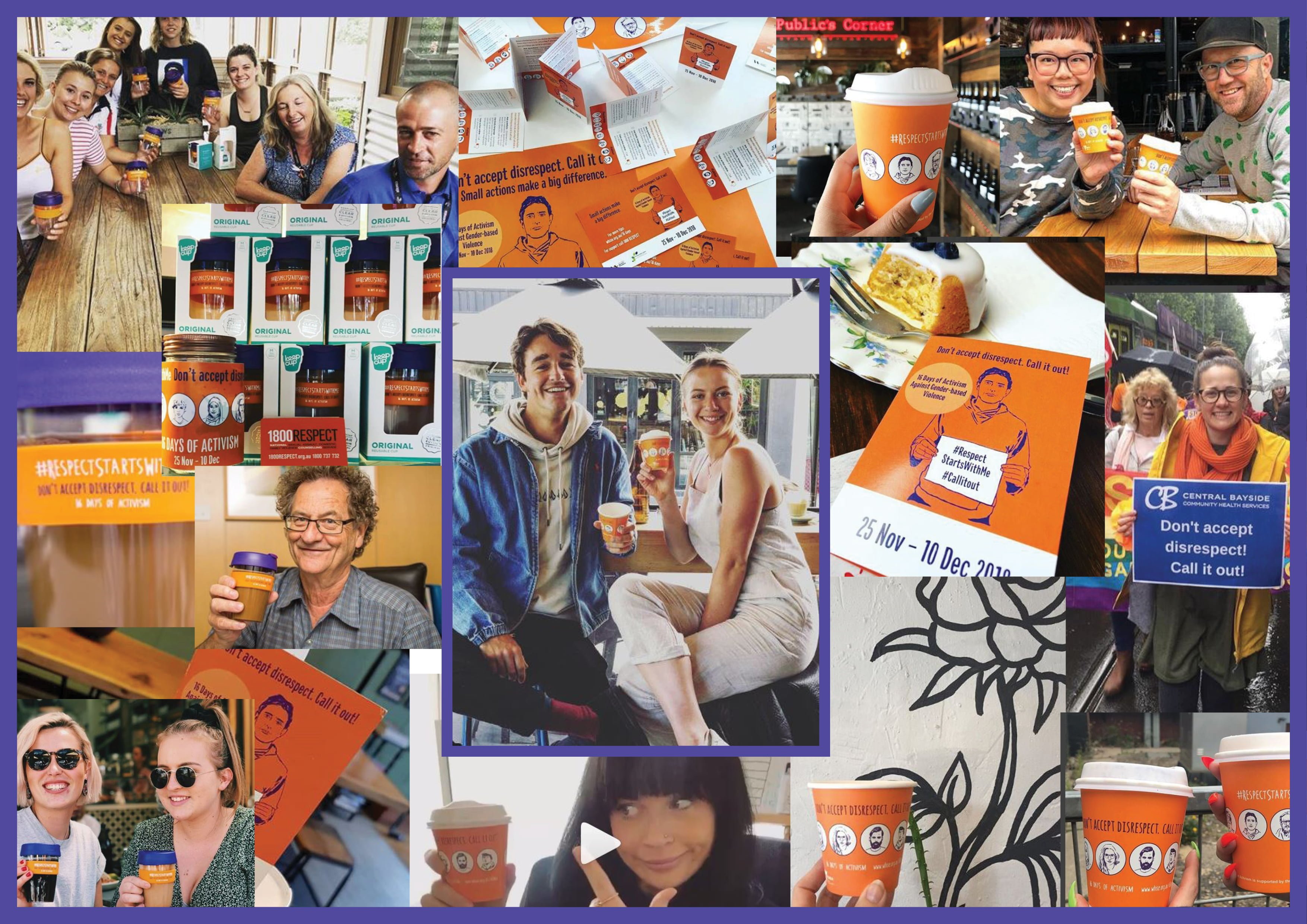Stage 1
Awareness Raising
What does a workplace at this stage look like?
A workplace at this stage may not have a focus on gender equity or the prevention of violence against women.
There may be no gender equity or family violence policies in place and the leadership team will not yet have made a public commitment to any such principles or policies.
There may be an imbalance of genders in the workplace and leadership roles, and there may not be any clear pathway to address sexist or discriminatory behaviour in the workplace.
Flexible hours may exist but have a low uptake amongst both men and women.
What are the aims of a workplace at this stage?
A workplace at this stage will be beginning to explore gender equity and violence against women, specifically in terms of what role their workplace can have in the promotion of gender equality and the prevention of violence against women.
The discussion may be led by a few dedicated employees, with the aim to build a business case to the leadership team about the importance of gender equity and prevention of violence against women principles, and their alignment with the purpose of the workplace.
Introducing your workplace to key campaigns, such as International Women’s Day and16 Days of Activism will raise awareness of the importance of gender equality and the prevention of violence against women in the workplace.
This stage is about sustainable awareness raising in an environment where the concepts of gender equity and prevention of violence against women may be new.
What opportunities are available for a workplace at this stage?
The leadership team may not be clear on how to promote gender equality in the workplace, or feel confident labelling gender equality and the prevention of violence against women as a priority in the workplace.
A workplace at this stage can raise awareness of, and confidence in starting discussions on gender equity and the prevention of violence against women by engaging with key awareness campaigns.
There are a number of opportunities for workplaces to engage with external campaigns. This Toolkit recommends:
16 Days of Activism
This is a global campaign that begins every year on the 25th of November, the International Day for the Elimination of Violence against Women, and runs until the 10th of December, International Human Rights Day.
WHISE facilitates a 16 Days of Activism campaign across the Southern Metropolitan Region, which partners are encouraged to participate in. All information on the WHISE campaign can be accessed via our website or by emailing whise
International Women’s Day
This event occurs on the 8th of March every year, to celebrate women’s achievements regardless of national, ethnic, linguistic, cultural, economic or political identification.
WHISE supports regional campaigns for International Women’s Day each year and partners can join these initiatives or facilitate their own events and celebrations.
All information on the WHISE International Women’s Day activities can be accessed via our website or by emailing whise
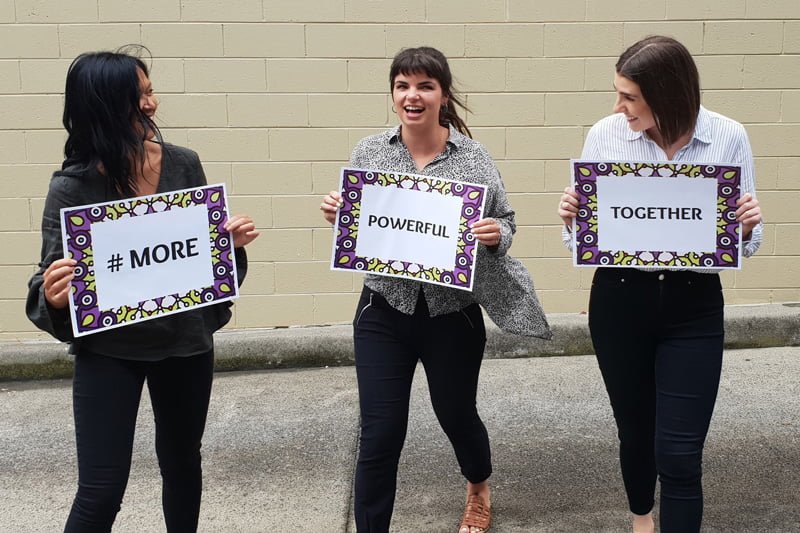
Our Watch: Change the Story
For those workplaces at this stage, it is important to be aware of, and engaged with the evidence base on gender equity and the prevention of violence against women.
OurWatch is the peak national body for the prevention of violence against women and children. OurWatch drives key research initiatives, strengthens our national evidence base and creates resources, advocacy toolkits and campaigns for the public to use to engage in the prevention of violence against women.
The key resource produced by OurWatch that organisations are recommended to connect with is Change the Story: A shared framework for the primary prevention of violence against women and their children in Australia.
This resource presents the available evidence on the drivers of gendered violence within a conceptual approach for preventing violence against women and their children in Australia. It is essential reading for any organisation seeking to engage in the prevention of violence against women.
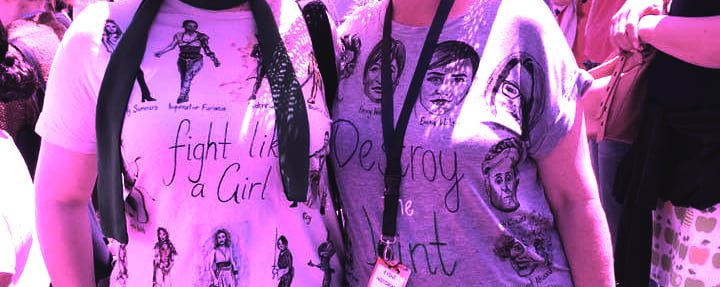
Checkpoint:
Stage 1
What needs to occur before a workplace can move onto the next stage?
Our workplace has completed the following:
1. We have a high level of awareness and interest in gender equity and the prevention of violence against women initiatives and principles
How have we done this?
We have engaged staff and leadership in the key gender equity and the prevention of violence against women campaigns; and
We have surveyed staff attitudes towards gender equity and the prevention of violence against women, and our staff agree that it is something our workplace should focus on; and
We have identified some team members who are willing to lead this work
2. We have the genuine commitment of the leadership team on the importance of our workplace focusing on gender equity and prevention of violence against women principles
How have we done this?
We had the leadership team involved in the key campaigns; and
Our leadership team supports the placement of referral information in the workplace; and
We have champions across the leadership team who advocate and promote gender equity and the Prevention of Violence against women
Our Watch; Workplace Equality Respect Standards have heavily informed our check points, for practical advice on the tools to adopt to measure these milestones, please access the WER standards.
